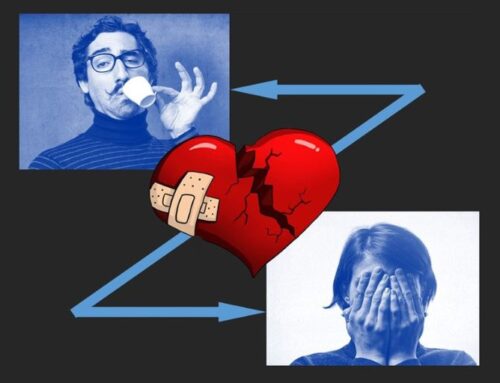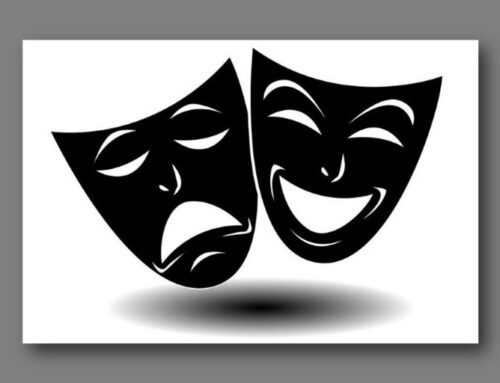Gratitude is a quality commonly promoted by personal growth experts, spiritual leaders and addiction recovery programs.
But is it a throw-away term that sounds nice but empty of meaning or power? Or does it really have something going for it?
In my own experience, gratitude has a transformative quality. When practiced consistently it changes things for the practitioner.
How Gratitude Changes Us
“Gratitude helps you to grow and expand; gratitude brings joy and laughter into your life and into the lives of all those around you.” Eileen Caddy
Gratitude smooths out the rough edges of daily living. It can also transform our lives. But how?
- Gratitude changes brain chemistry as it triggers an upsurge of dopamine. With increased dopamine, the feel good hormone, we experience a decrease in emotions like guilt, fear, shame and even aggression – or at least we can more easily manage these adverse emotions.
- Gratitude changes the energy field between individuals. Studies have found that gratitude heightens emotional intelligence. We become more aware of our own emotions and better at detecting those of others. In other words, we become better at relationships.
- And of course, once our minds and hearts are opened, we are more able to “take in the good” as Dr Rick Hanson calls it. The more good — positive experiences and emotions – that we take in, the more likely “the good” will stick and the not-so-good will fall away. Thus, the negative energy field that we live in becomes less dominant and we are more able to enjoy and even wallow in the many blessings in our lives.
The Shape and Form of Gratitude
“Being thankful is not always experienced as a natural state of existence, we must work at it, akin to a type of strength training for the heart.” Larissa Gomez
I believe that gratitude is more than a feeling. It needs to be a practice – something that we do routinely whether we feel like it or not, whether we have caught the “gratitude bug” or not.
It Begins with A Decision
The practice of gratitude begins with a decision. In other words, we don’t have to wait for the feeling to invade us before we proactively decide to engage the practice of gratitude.
We then make a commitment to employ in a range of gratitude practices on a routine basis.
Some Gratitude Actions
“Gratitude is the sweetest thing in a seeker’s life – in all human life. If there is gratitude in your heart, then there will be tremendous sweetness in your eyes.” Sri Chinmoy
Saying it. Words of thanks, gratitude, appreciation along with well wishes need to come up the throat and out the mouth for even the most routine actions of service or assistance someone undertakes on our behalf.
Softening the face. Our facial expressions need to match our words – you know, smiles that stretch from the mouth into the eyes with our facial muscles relaxing. When we walk with a smiling face, eyes that express gentleness and kindness, the energy around us changes and our inner energy changes too. We feel better.
Helping without Expectation. When we do a good turn, we do it because it is the right thing to do. We do it without expecting a thank you or reciprocity of any kind. It is sometimes said that the best act of kindness or generosity is to do something for someone without being found out. We provide that thing, fulfill another’s need without our name being attached to it. Think of it as a way of “paying it forward”, a thank you for the kindnesses that others have extended to us, the abundance in our own lives. Or just because.
Silently Wishing Well. We can silently send well wishes and blessings to other without words. For example, we can silently impart best wishes to strangers that we pass on the street while walking or driving. When we send these silent messages, we do it from the heart. We do want others, whether we know them or not, to do well and be well, do we not?
Of course, you can and should add to the list.
And remember, when we take the gratitude action, it transforms the brain and the heart – action changes feelings. In other words, we begin to feel the gratitude, kindness and gentleness that we have just put into practice.







